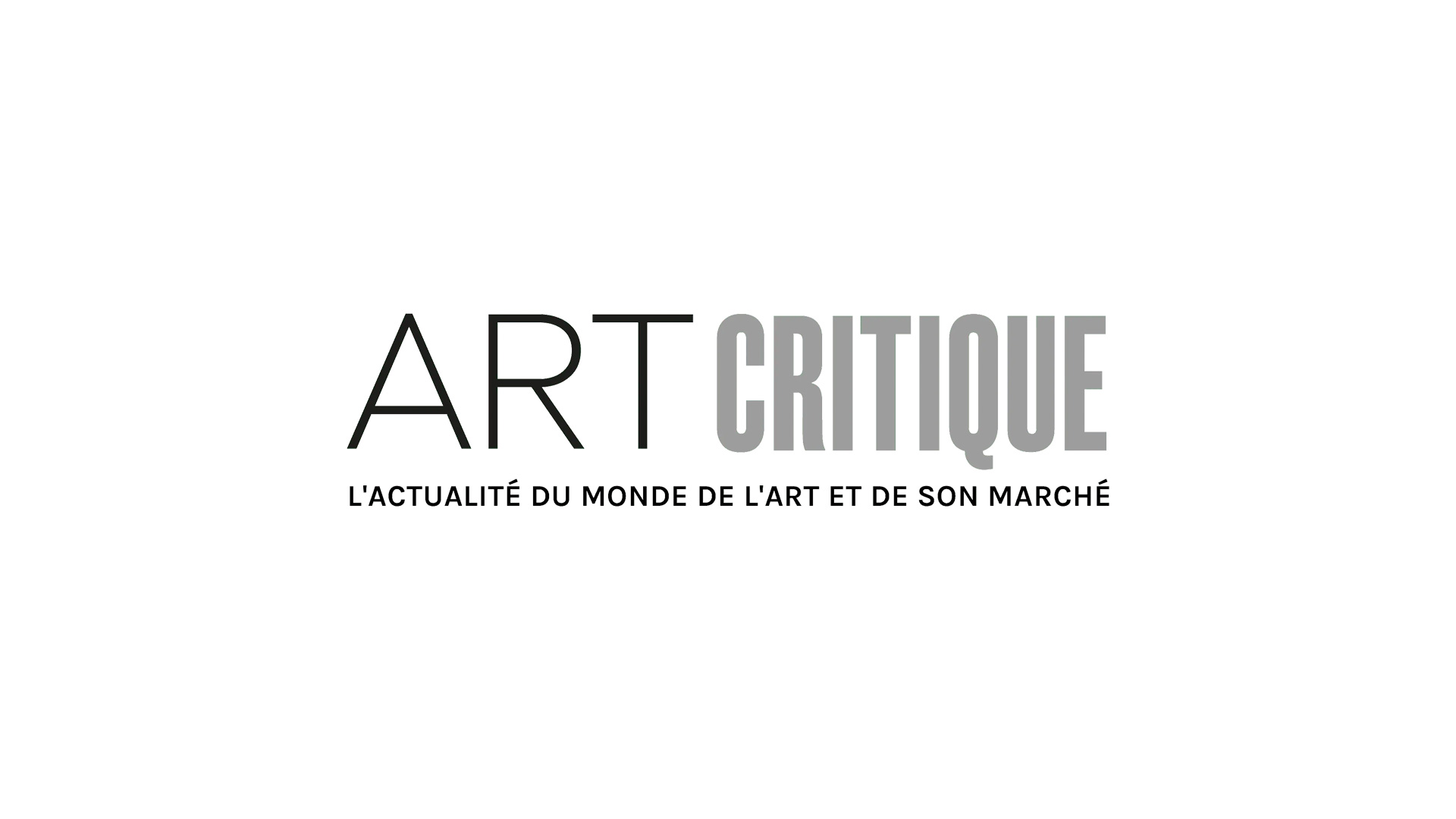While they still churn out memorable animations year after year, Disney has lost more and more of their veneer over the years and shown their cool corporate face. But there certainly was a time when the company was seen only as a purveyor of magic and mirth, creating entertainment for the whole family in the forms of princesses and famous mice. And during this legendary era of Disney, the cultural wellspring they plunged for inspiration ran deep. And The Met is paying tribute to one particular stream of influence with their new exhibition “Inspiring Walt Disney: The Animation of French Decorative Arts.”
“Inspiring Walt Disney” is on view at the Met until March 6th and is taking a deep dive into the European visual styles that are visible in Disney’s classic pieces such as Beauty and the Beast, Cinderella, and Sleeping Beauty. It’s easy to pick up on the general aesthetic sensibilities crafted into the settings of these iconic films, but the pure detail that went into the work of these for the labour-intensive medium of animation—and at such early stages of the form—is truly a feat.
It’s the first time that the work of Walt Disney has ever been on display at The Met, which is somewhat of a surprise itself. The exhibition contains sixty different pieces of 18th-century European decorative arts as well as 150 drawings and frames from the Walt Disney Animation Research Library, giving viewers a very tangible way to draw connection between these cultural staples and the artworks whose essences are traced back to across cels and sketches.
Quite possibly the most obvious and the most thoroughly lavished in style across Walt Disney’s repertoire is that of the Rococo inspirations for the setting of Beauty and the Beast, with so much time spent within the walls of the Beast’s lavish French manor and the ornately crafted furnishings being characters themselves, the theatrical curves and gilding are front and centre. It makes sense then that that would be a strong focus of “Inspiring Walt Disney”, with pieces that point to Gothic Revival architecture and medieval design also on display.
“In mounting The Met’s first-ever exhibition devoted to Walt Disney and his studios’ oeuvre,” exhibition curator Wolf Burchard states, “it was important for us to explore his sources of inspiration as well as to recognize that his studio’s animated interpretations of European fairytales have become a lens through which many view Western art and culture today. Our fresh look on this material, which prompts an effervescent dialogue between the drawings and illustrations of some of the most talented artists in the Walt Disney Animation Studios and a rich array of the finest 18th-century furniture and porcelain, brings to life the humor, wit, and ingenuity of French Rococo decorative arts.”
Animation has long been accepted into the art world, even though your average person may still see it as a lower class of creation. The sheer effort and detail involved in mid-20th-century animation was a labour of love, and it is always inspiring to see the way that art history was weaved into these expressions. “Inspiring Walt Disney” gives insight into the process of one of the west’s most prolific creators in the medium, and is a reminder of just how much rich culture sits on that old VHS of Beauty and the Beast.





